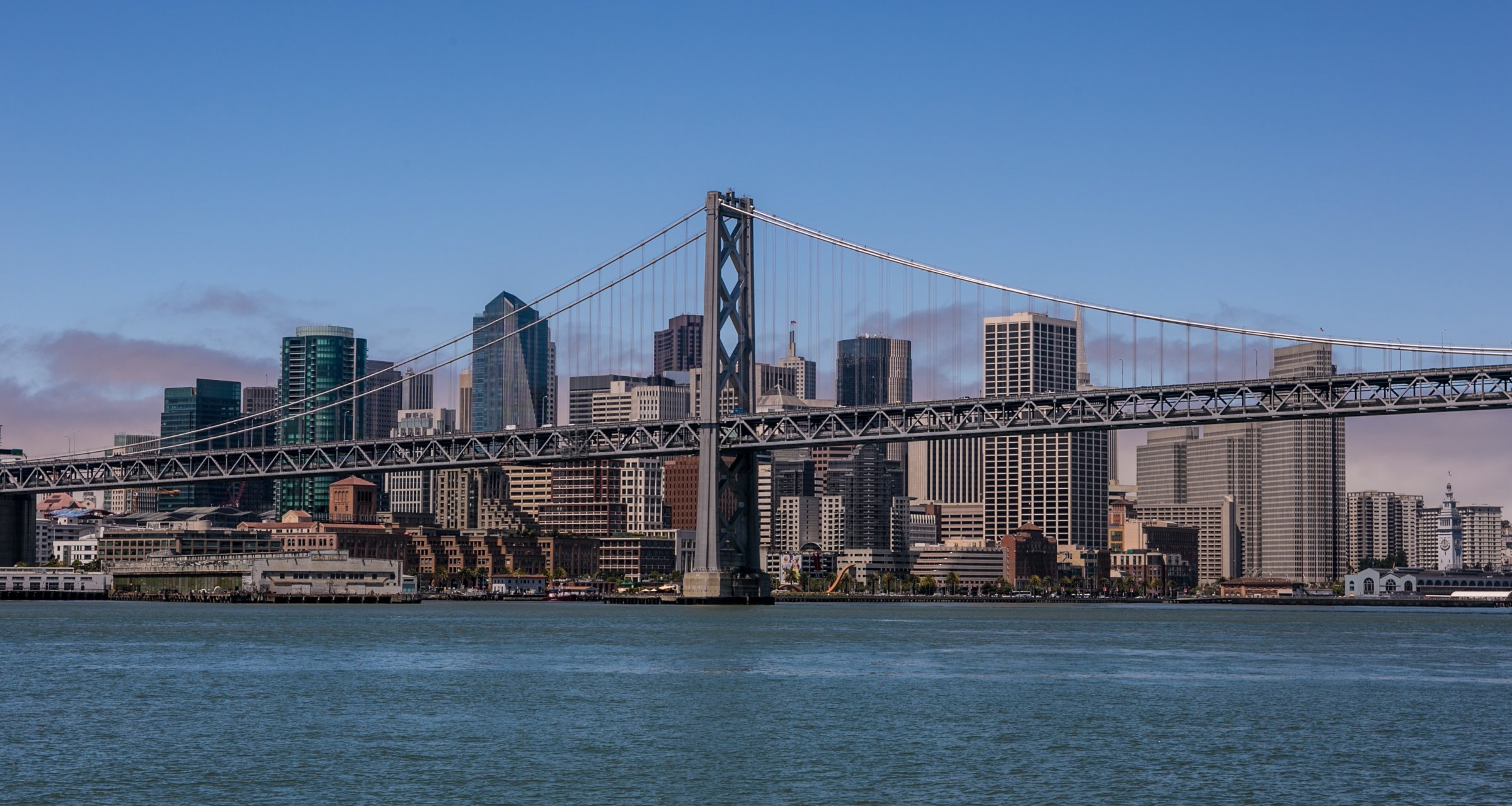
Silicon Valley’s newest startup is not an app or a gadget. But it is, in the parlance of the hoodie-clad, disruptive. Wealthy venture capitalist Tim Draper, who funded products like Hotmail and Skype, wants to split California into six pieces, putting the state of Jefferson as well as North, Central, West and South California on the map. The sixth—the state of Silicon Valley—would stretch from the top of the San Francisco Bay Area down through San Jose, stopping just before the verdant vineyards of the Central Coast. The idea is that the new states would be more efficient and governable. On July 15, the consortium backing the plan announced that it had submitted enough signatures to put the issue in front of voters in 2016 as part of the state’s wildly democratic ballot initiative.
That the plan has little chance of becoming a reality—the Constitution requires the approval of the state assembly and Congress—hardly matters. A sovereign Silicon Valley, which would be the richest state in the U.S., with annual per capita income of $63,288, is the apotheosis of tech hubris, in beta for decades but now ready to ship.
Earlier this year, Draper told TIME:
The strongest argument for Six Californias is that we are not well-represented. The people down south are very concerned with things like immigration law and the people way up north are frustrated by taxation without representation. And the people in coastal California are frustrated because of water rights. And the people in Silicon Valley are frustrated because the government doesn’t keep up with technology. And in Los Angeles, their issues revolve around copyright law. Each region has its own interest, and I think California is ungovernable because they can’t balance all those interests. I’m looking at Six Californias as a way of giving California a refresh and allowing those states to both cooperate and compete with each other.
The idea is an ego trip of Randian proportions, a Galt’s Gulch kitted with Google Glass and $70,000 electric Teslas. It has its roots in the Valley’s libertarianism. This is a place, after all, where Facebook investor Peter Thiel is funding a floating utopia, venture capitalist Balaji Srinivasan has proposed a deregulated territory devoted to radical experimentation, and Elon Musk has toyed with the idea of a Martian colony. A place, in other words, that not only knows what it wants but thinks it knows what’s best for the rest.
Certainly, that arrogance is the twin of a more noble impulse in many technology innovators: a profound certainty that often yields wonderful results for the rest of us, from Gmail to gene therapy. The tradition holds that a good idea trumps convention or existing law. But the Silicon Valley that has created remarkable products (and wealth) is also prone to alienating detours like Bitcoin, the unregulated cryptocurrency, and Soylent, the trendy open-sourced food substitute. Or, a plan to create six new states, four of them awkwardly named some variation of California.
Then again, this wouldn’t be the first time California was shaped to serve powerful interests. At the turn of the 20th century, Harrison Gray Otis, owner of the Los Angeles Times and father of the Golden State’s most powerful political dynasty, used inside information and his newspaper to funnel resources from the agrarian Eden of the Owens Valley to the then fledgling city of Los Angeles. And why? As John Huston’s Otis-like character put it to Jack Nicholson’s Jake Gittes in Chinatown, “The future, Mr. Gittes. The future.”
More Must-Reads from TIME
- Why Trump’s Message Worked on Latino Men
- What Trump’s Win Could Mean for Housing
- The 100 Must-Read Books of 2024
- Sleep Doctors Share the 1 Tip That’s Changed Their Lives
- Column: Let’s Bring Back Romance
- What It’s Like to Have Long COVID As a Kid
- FX’s Say Nothing Is the Must-Watch Political Thriller of 2024
- Merle Bombardieri Is Helping People Make the Baby Decision
Contact us at letters@time.com